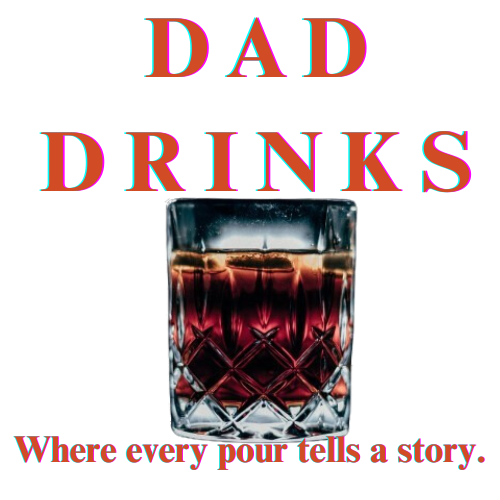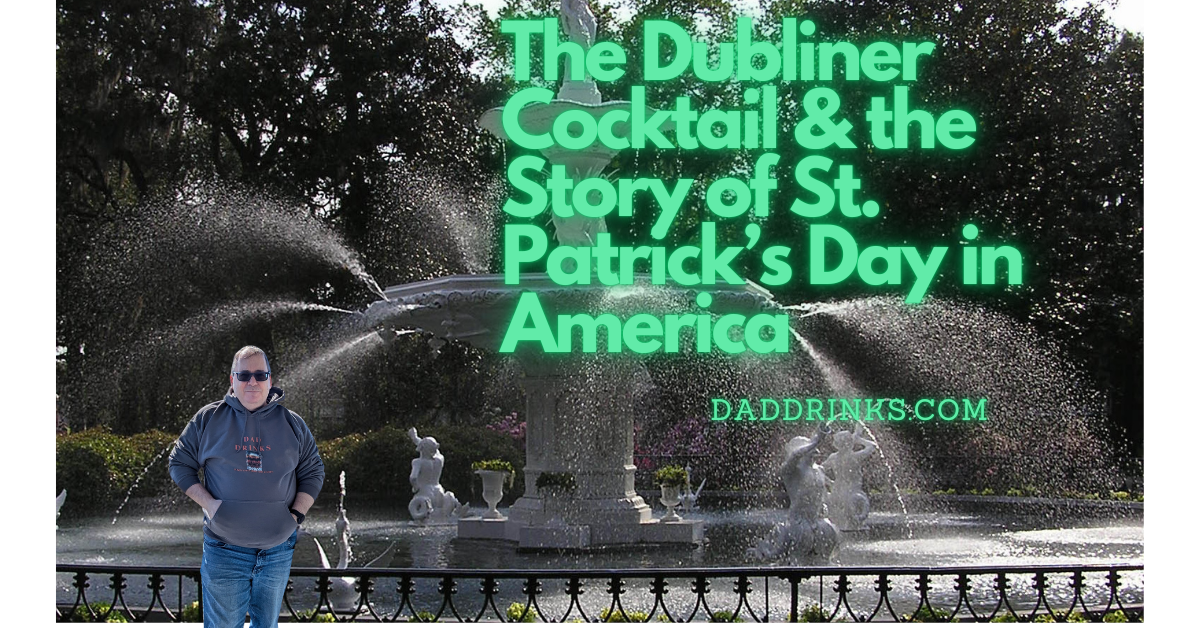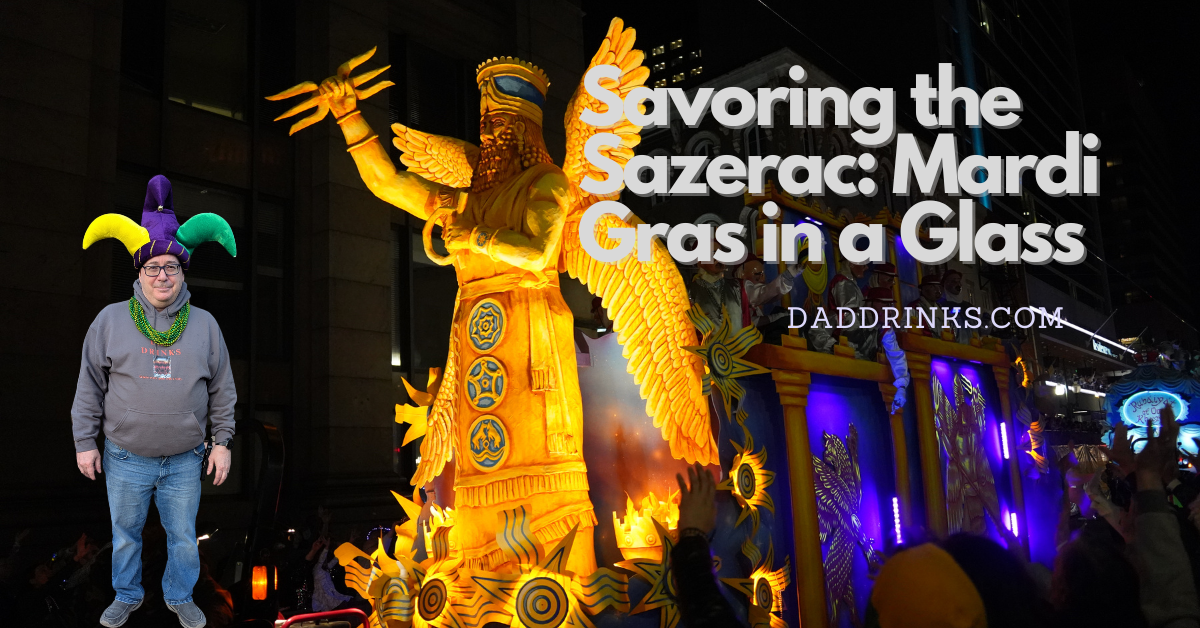Check out the full video here
The 1970s were a golden era for disaster movies. These larger-than-life films packed theaters with big explosions, daring rescues, and star-studded casts. No one did it better than Irwin Allen, Hollywood’s “Master of Disaster.” His films The Poseidon Adventure (1972) and The Towering Inferno (1974) defined the genre, thrilling audiences with tales of survival. But he wasn’t alone—movies like Earthquake (1974) and the Airport series kept the disaster trend going strong.
Much like these over-the-top films, the Earthquake cocktail is bold and unforgettable. A potent mix of absinthe and cognac, it’s not for the faint of heart. But before we shake things up with a recipe, let’s take a closer look at how disaster movies became a cultural phenomenon.
The Rise of the Disaster Film
In the early 1970s, Hollywood discovered that audiences loved watching people survive extreme situations. These films often followed a simple but effective formula: introduce a large cast of characters, throw them into a deadly scenario, and see who makes it out alive. The genre delivered high drama, practical effects, and, of course, some of the biggest stars of the time.
The Poseidon Adventure (1972)
Irwin Allen’s The Poseidon Adventure set the stage for disaster films. The story follows a luxury ocean liner capsized by a massive wave, forcing survivors to climb their way to safety. Gene Hackman, Ernest Borgnine, and Shelley Winters led the cast, proving that big names and bigger stunts made for box office gold.
The Towering Inferno (1974)

Earthquake (1974)
Meanwhile, Universal Pictures jumped on the disaster trend with Earthquake, starring Charlton Heston and Ava Gardner. The film followed Los Angeles residents as they struggled to survive a devastating quake. It became famous for its use of Sensurround, a special effect that made theaters rumble like a real earthquake. Audiences loved the immersive experience, and the movie became a major hit.
The Airport Franchise
While Allen dominated disaster movies, Universal found success with Airport (1970). This film about a snowstorm-stricken airport kicked off a franchise, leading to Airport 1975, Airport ’77, and The Concorde… Airport ’79. Each movie added more star power and more over-the-top airborne disasters.
The Earthquake Cocktail: A Drink as Strong as the Movies
The Earthquake cocktail is as intense as its namesake. A mix of cognac, absinthe, and gin, it’s a powerful drink rumored to have been favored by French painter Henri de Toulouse-Lautrec. Like the movies we just discussed, this drink isn’t subtle—it’s bold, dramatic, and packs a punch.
Earthquake Cocktail Recipe
Ingredients:
- 1 oz Cognac
- 1 oz Absinthe
- 1 oz Gin
Instructions:
- Fill a mixing glass with ice.
- Add cognac, absinthe, and gin.
- Stir well until chilled.
- Strain into a coupe glass.
- Sip carefully—this one hits hard!
The End of an Era
By the late 1970s, disaster movies started to lose steam. The genre became predictable, and audiences were ready for something new. By the 1980s, sci-fi blockbusters like Star Wars and action films like Die Hard took center stage.
But the legacy of these disaster films lives on. Modern movies like Twister (1996), The Day After Tomorrow (2004), and San Andreas (2015) owe a debt to Irwin Allen and the 1970s disaster craze. They set the blueprint for large-scale destruction and edge-of-your-seat storytelling.
So, next time you mix up an Earthquake cocktail, raise a glass to the era when Hollywood loved to shake things up—literally. Cheers!



